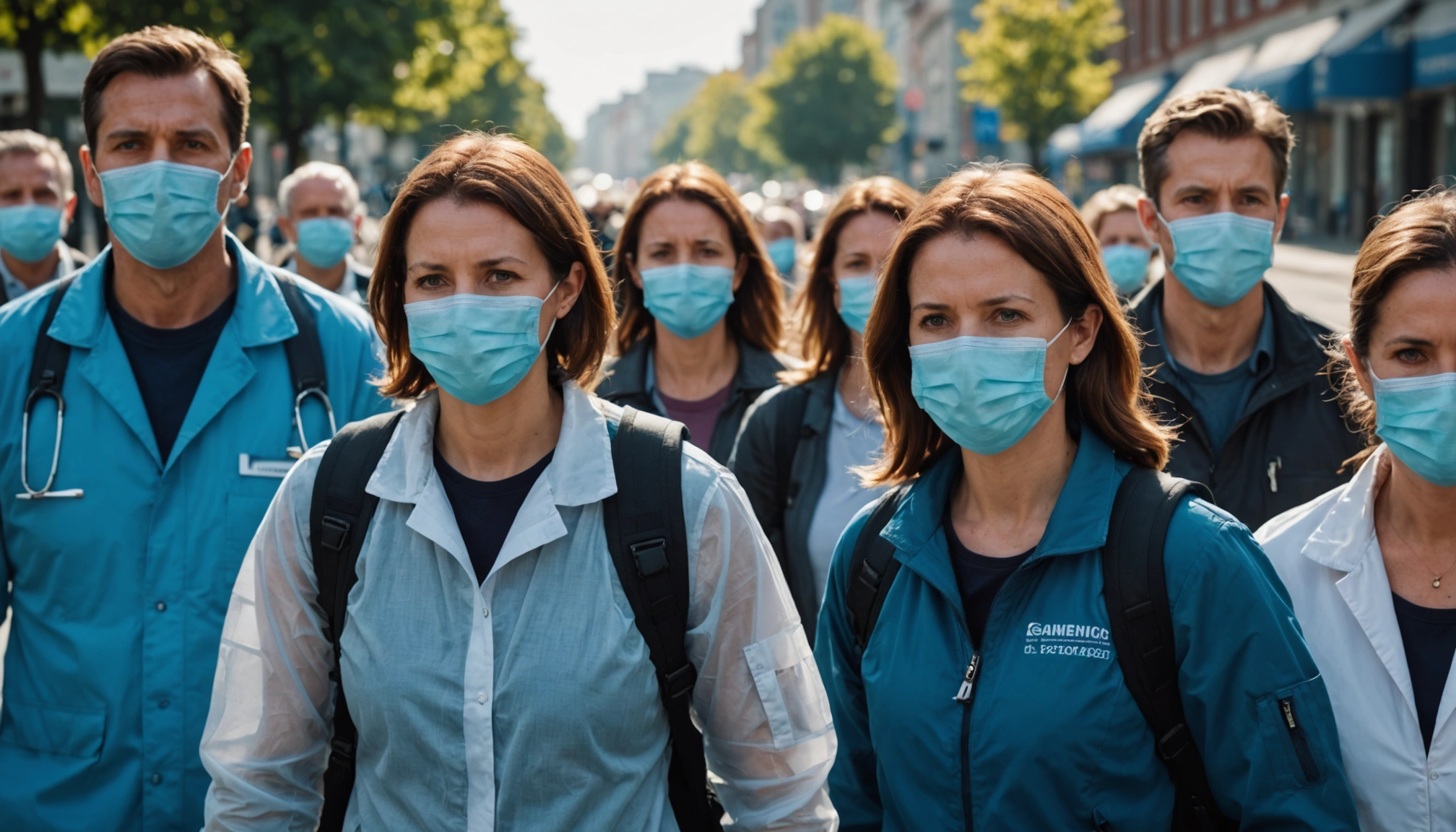Related Articles

U.S. Health Policies on Vaccines and Painkillers Draw Growing International Scrutiny




The prospect of eradicating cervical cancer in the United States, a disease that claims thousands of lives annually, is increasingly within reach, largely due to the effectiveness of the Human Papillomavirus (HPV) vaccine. Recent scientific findings suggest that widespread vaccination has begun to foster a protective "herd immunity" within communities, indirectly safeguarding even those who have not received the vaccine. This progress, however, is tempered by persistent challenges in vaccine uptake rates, indicating a critical juncture for public health efforts.
Cervical cancer is predominantly caused by persistent infection with high-risk types of HPV, a globally common sexually transmitted infection. For nearly two decades, vaccines targeting these cancer-causing HPV strains have been available, demonstrating remarkable efficacy in preventing infection and subsequent precancerous lesions. The concept of "herd immunity" or "herd protection" refers to the indirect protection conferred to unvaccinated individuals when a significant portion of the population is immunized, thereby reducing the overall transmission of the virus.
A groundbreaking 17-year study, published in JAMA Pediatrics, provided compelling evidence of this phenomenon in a real-world setting. Researchers observed substantial declines in HPV infections, not only among vaccinated individuals but also among unvaccinated women, with reductions of over 70% for specific HPV types covered by older vaccines. This indirect protection is primarily attributed to high vaccination rates and gender-neutral vaccination strategies, vaccinating both boys and girls, which significantly curtails the virus's circulation. Experts emphasize that while it may be impossible to declare a definitive "elimination" point, the dynamic nature of herd protection means its sustenance depends on consistently high vaccination rates.
The introduction of the HPV vaccine has built upon decades of progress in cervical cancer prevention. Early screening methods like the Pap smear dramatically reduced incidence rates by 54% between 1973 and 2007. More recently, the protective effects of HPV vaccination are becoming evident in national statistics, with cervical cancer incidence rates declining 11% annually among women ages 20 to 24, likely reflecting the first signs of this prevention strategy.
Globally, over 690,000 new cancer cases are linked to HPV each year, accounting for about 4.5% of all cancers. In the U.S. alone, an estimated 35,000 new HPV-related cancers are diagnosed annually, more than 90% of which could be prevented by the vaccine. However, despite these successes, the overall cervical cancer incidence rate decreased by an average of 1.9% per year between 1975 and 2018, but the rate of decline slowed significantly between 2006 and 2018. Troublingly, incidence rates among women aged 30 to 34 actually increased by 2.5% annually between 2012 and 2019, particularly among Hispanic and non-Hispanic White women, and those in low-income counties. These trends suggest persistent vulnerabilities and disparities that hinder universal protection.
Despite the clear benefits, HPV vaccination coverage in the U.S. continues to fall short of public health goals. In 2023, approximately 61% of adolescents aged 13-17 were up to date with HPV vaccination, a rate that has stalled in recent years and lags significantly behind other routine adolescent vaccines. In 2022, only 38.6% of children aged 9-17 years had received one or more HPV vaccine doses.
Several factors contribute to these suboptimal rates:
Achieving cervical cancer herd immunity in the U.S. requires a multifaceted approach to overcome existing barriers and boost vaccination coverage. Public health experts and organizations advocate for several key strategies:
The evidence is clear: the HPV vaccine is a powerful tool with the potential to make cervical cancer a rare disease, if not eradicate it entirely. The observed herd immunity effects underscore the collective benefit of individual vaccination. However, the plateauing vaccination rates and persistent disparities demonstrate that the journey to widespread protection is far from over. By redoubling efforts in provider education, parental engagement, and improving access, the U.S. can solidify its path toward achieving true cervical cancer herd immunity, marking a monumental public health victory for future generations.